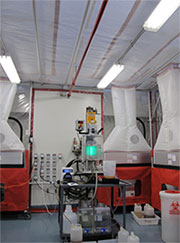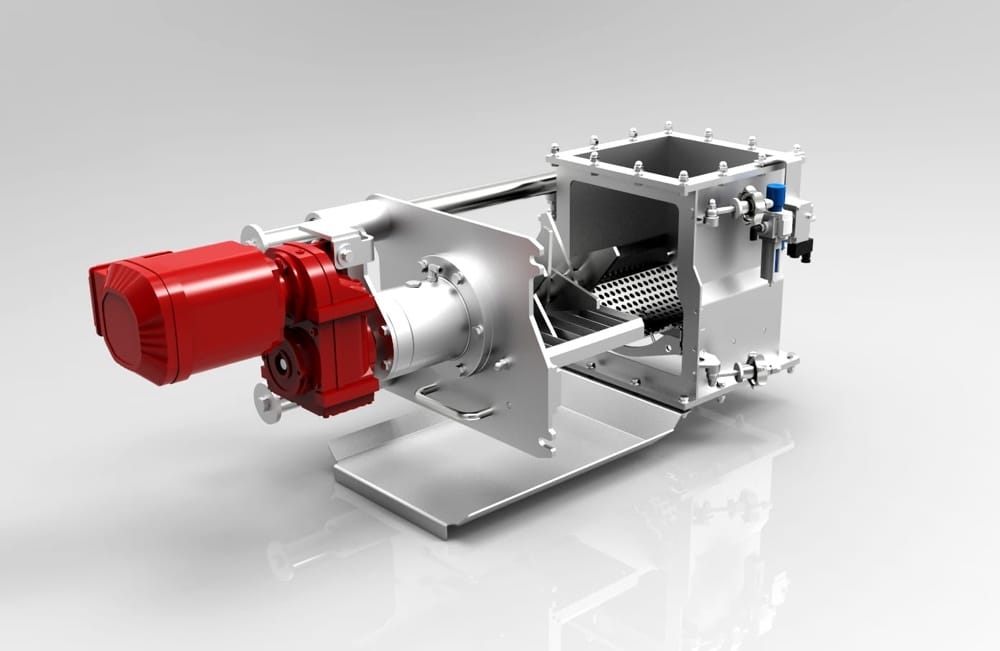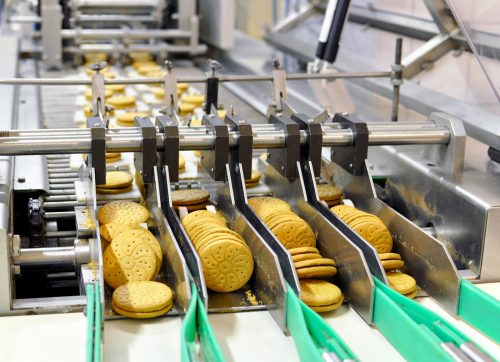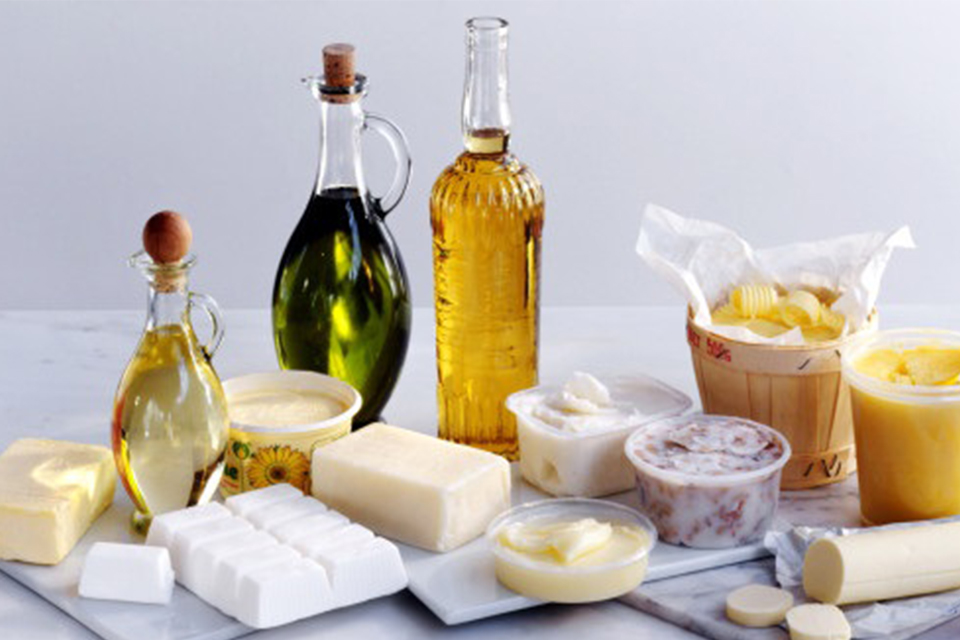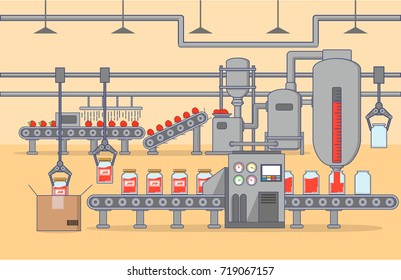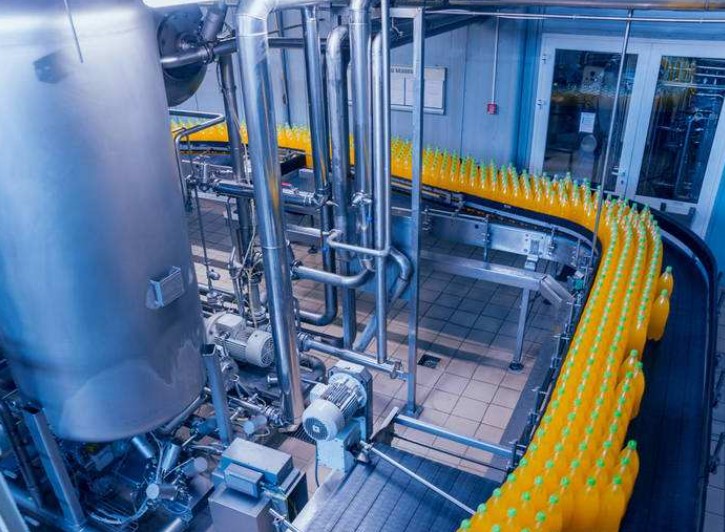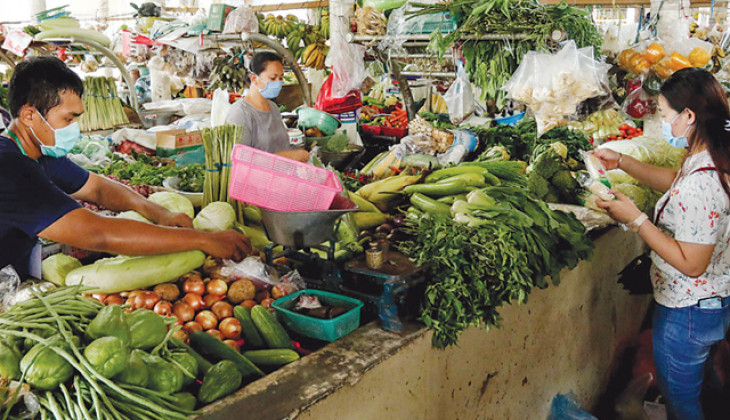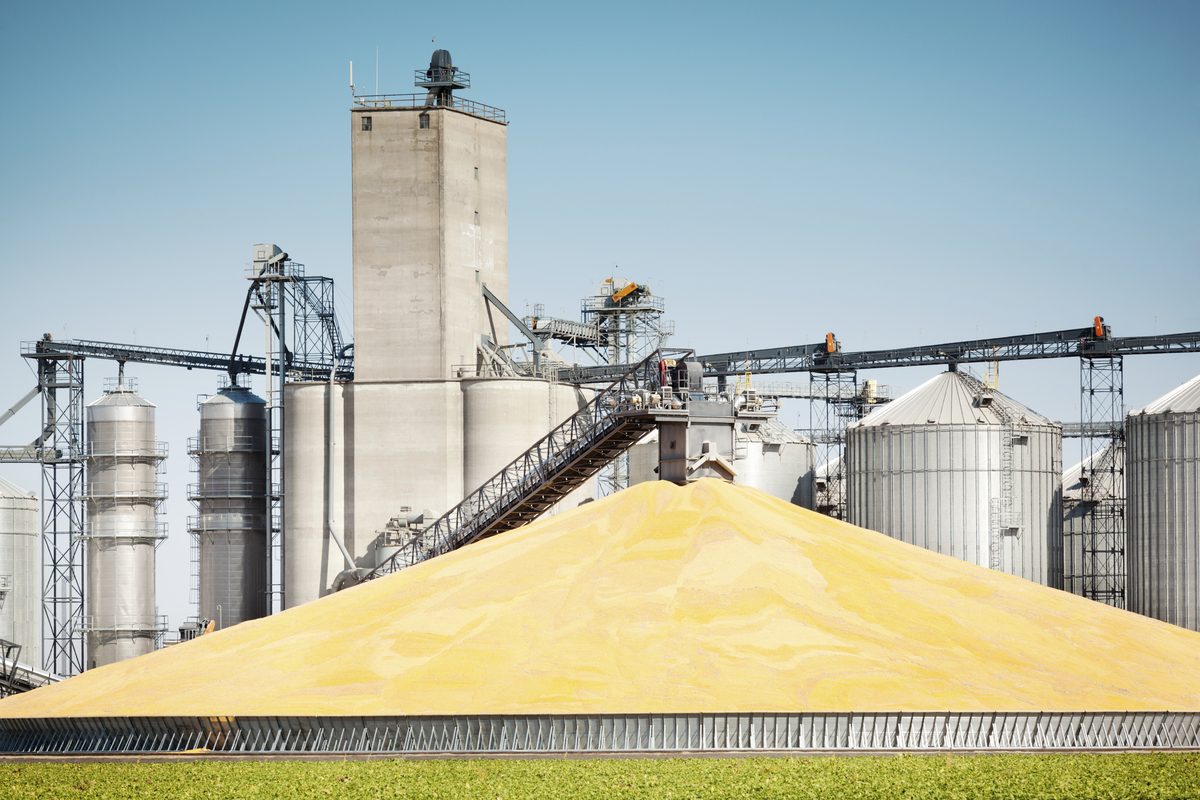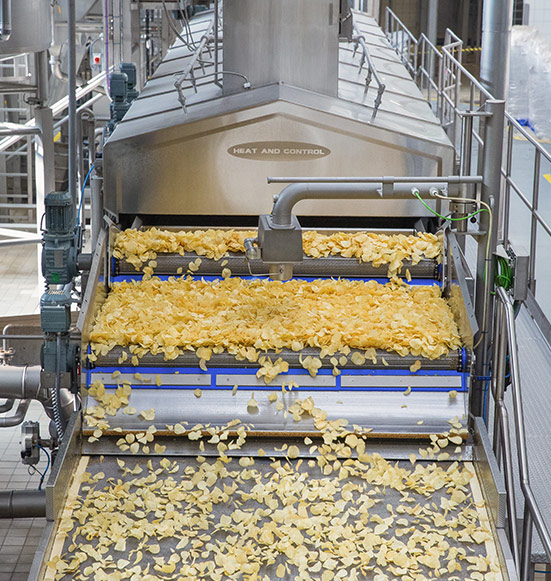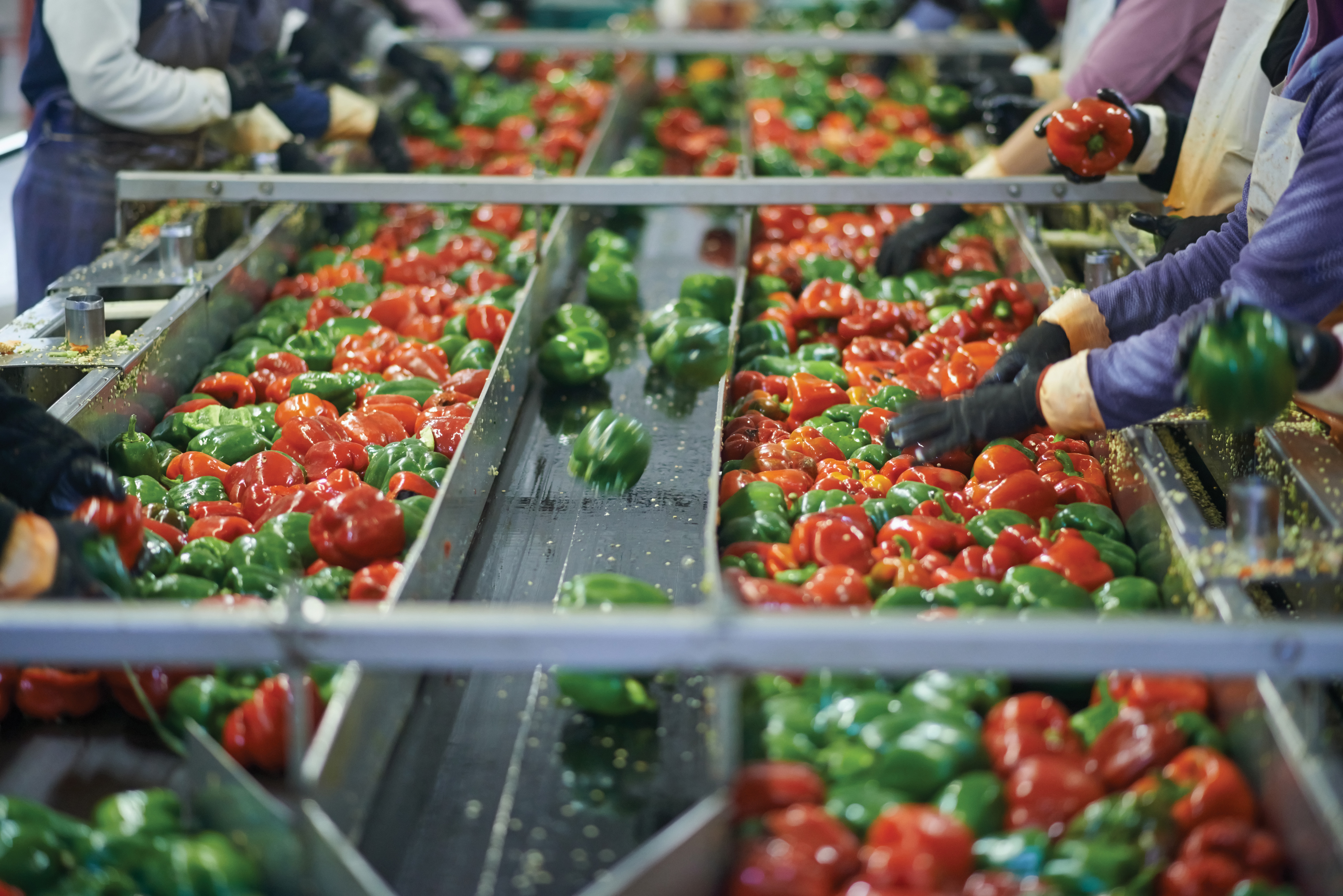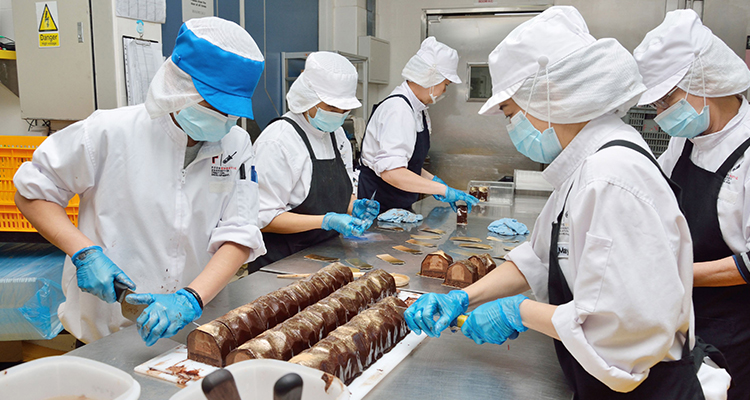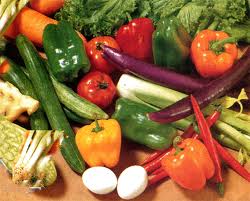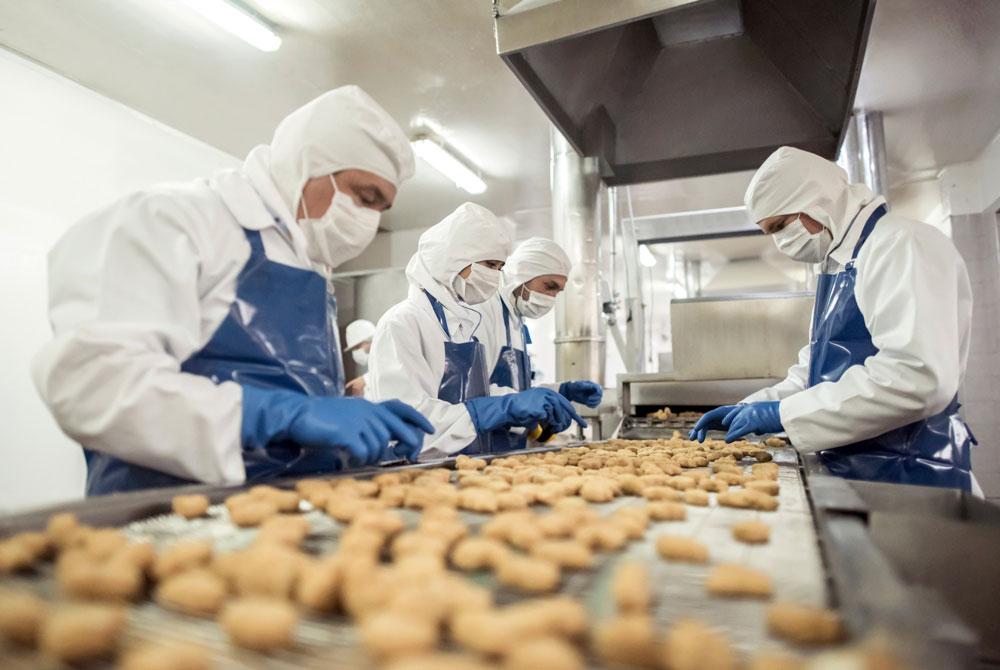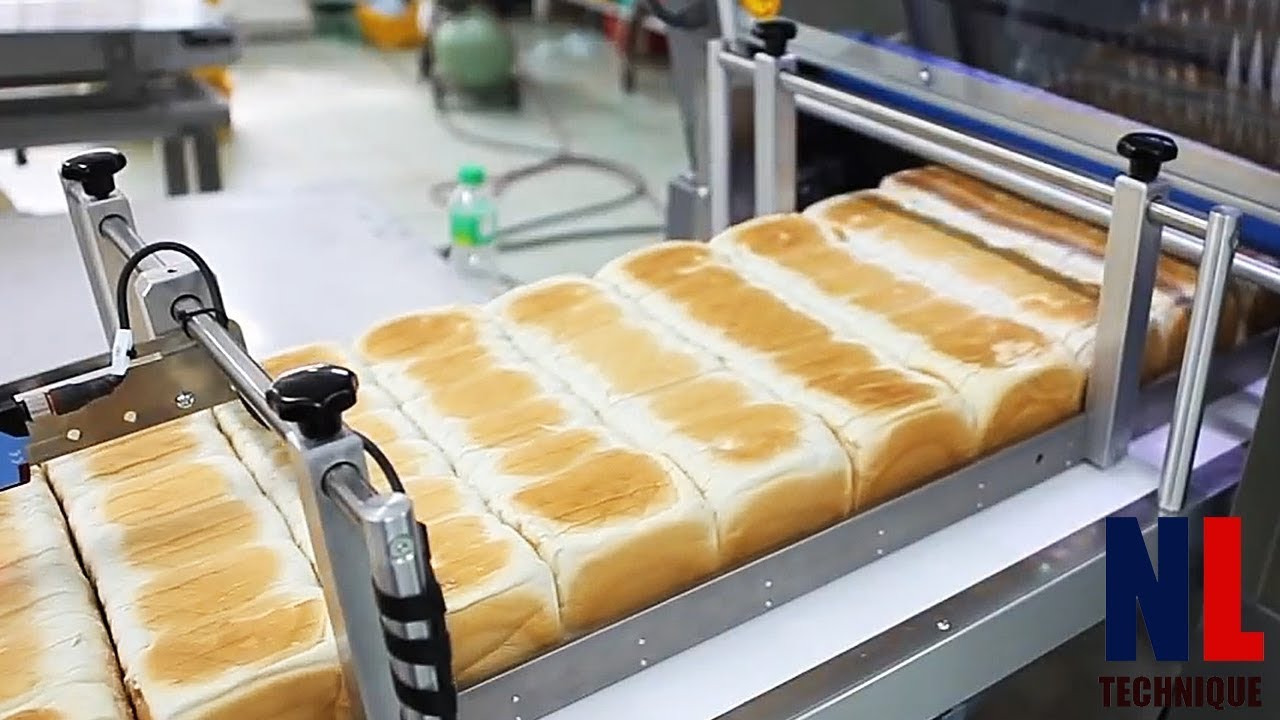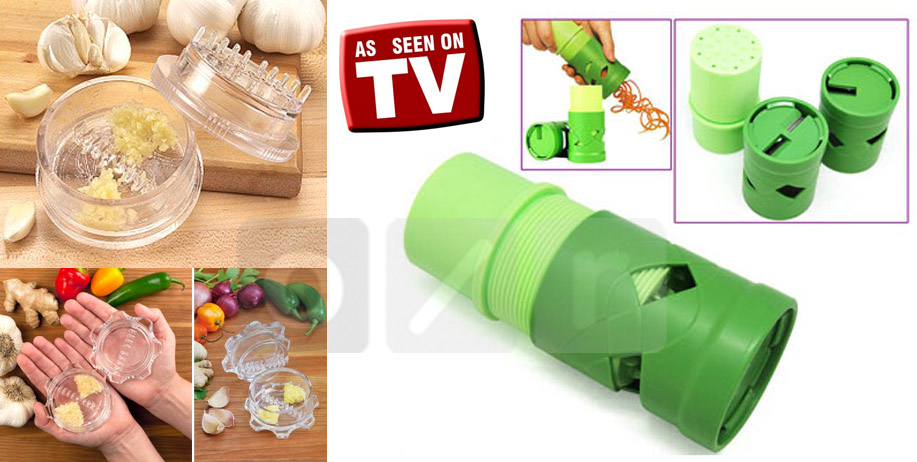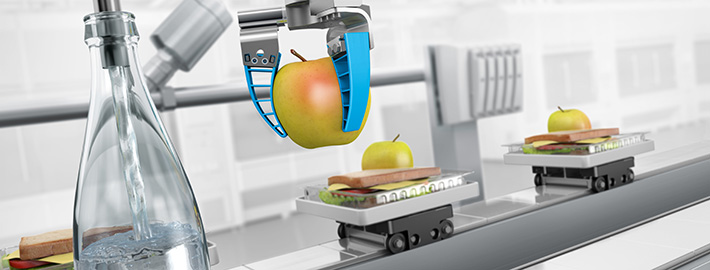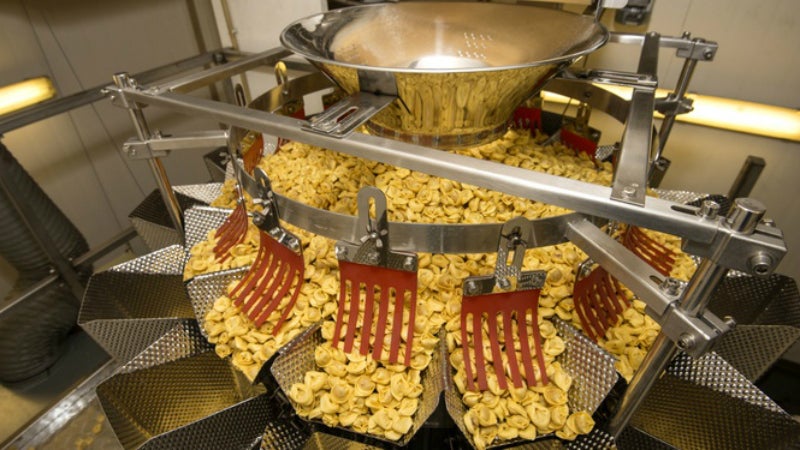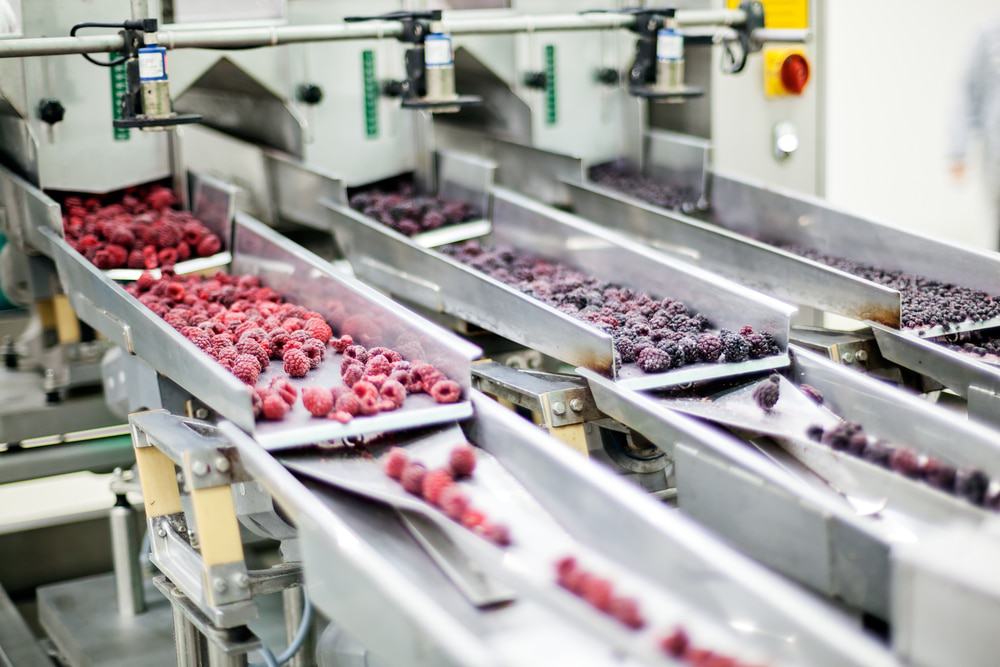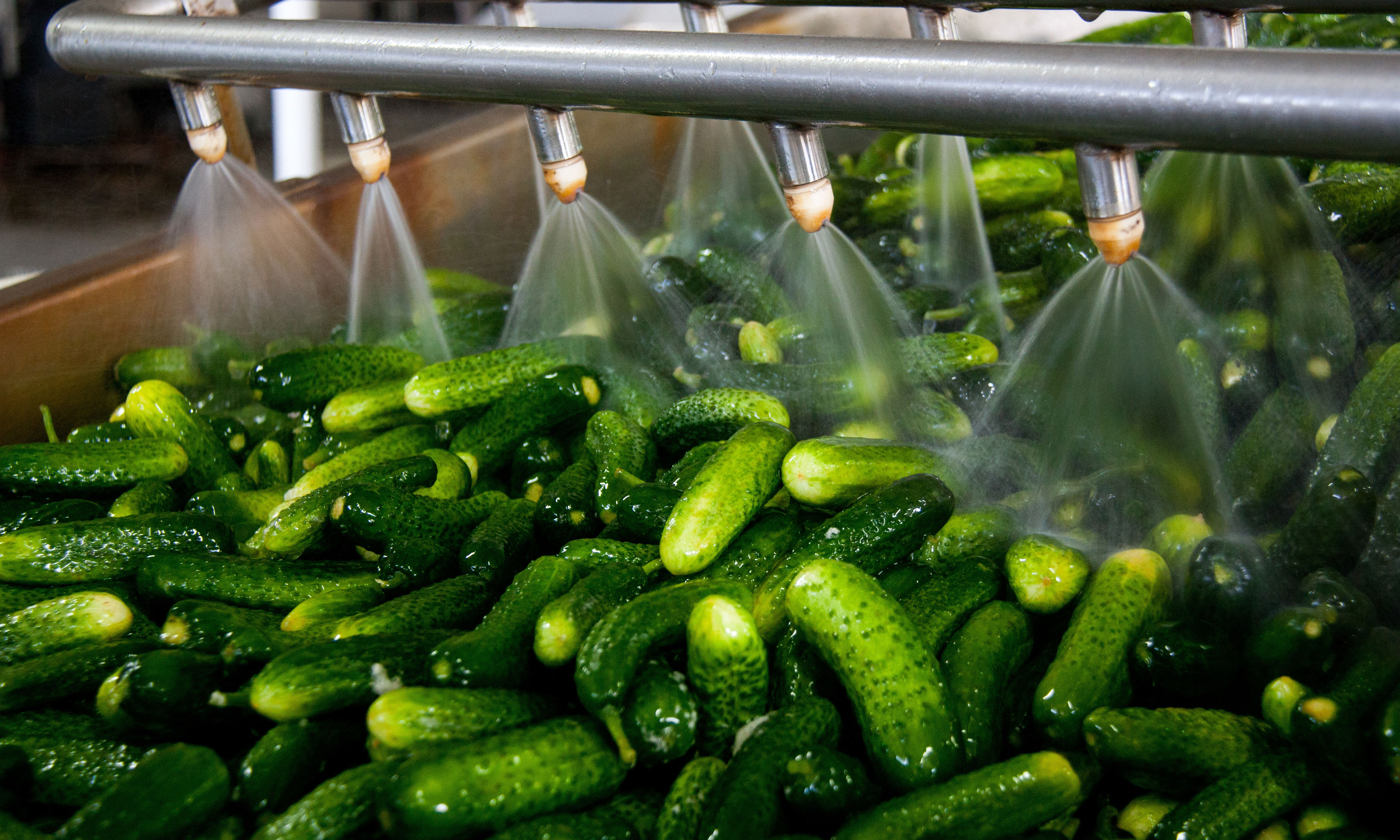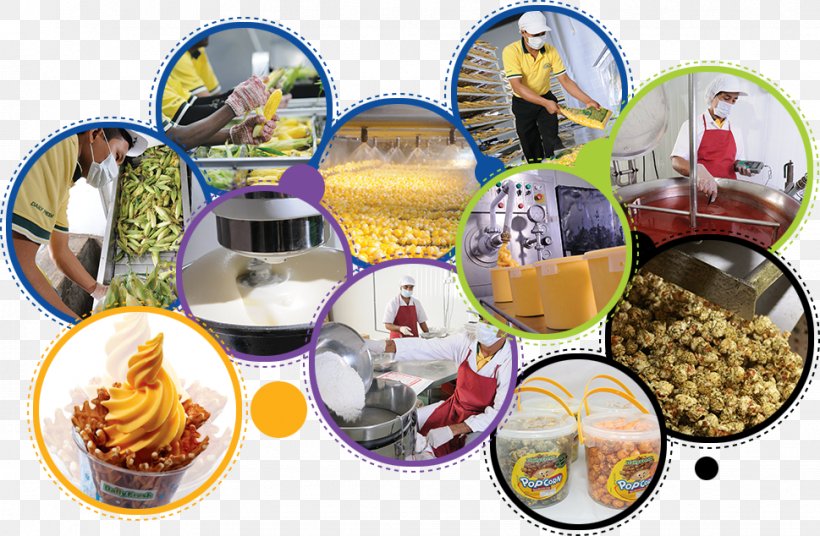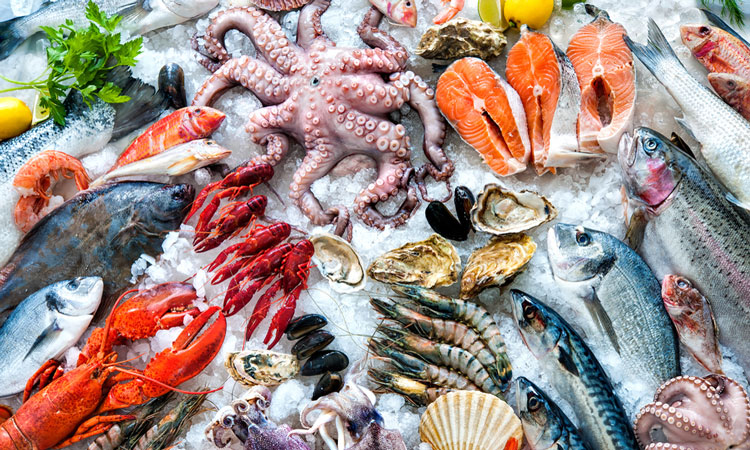Food Processing
Food processing generally includes the basic preparation of foods the alteration of a food product into another form and preservation and packaging techniques.

Food processing. Food processing also includes adding components to food for example to extend shelf life. 1 this can involve one or a combination of various processes including washing chopping pasteurising freezing fermenting packaging cooking and many more. Food processing is a procedure in which food is prepared for consumption. Deciphering the disassembly challenges for the meat industry 1021 pest managements role in food safety and fsma compliance 1027 improving the opex and performance of high pressure clean and wash now on demand whats trending for wastewater issues and technologies.
2 food processing also includes adding ingredients to food for example to extend shelf life. Food processing any of a variety of operations by which raw foodstuffs are made suitable for consumption cooking or storage. Various activities covered in this process are mincing cooking canning liquefaction pickling macerating and emulsification. People often use this term to refer specifically to making packaged foods but technically anything which transforms raw ingredients into something else is a form of food processing ranging from grilling vegetables in the back yard to making television dinners in a food manufacturing facility.
It can cover the processing of raw materials into food via different physical and chemical processes. Baking bread regardless of whether it is made at home in a small bakery or in a large factory is an example of secondary food processing. This can involve one or a combination of the following. Food processing is any method used to turn fresh foods into food products.
Secondary food processing is the everyday process of creating food from ingredients that are ready to use. Food processing is any method used to turn fresh foods into food products. Washing chopping pasteurising freezing fermenting packaging and many more.

